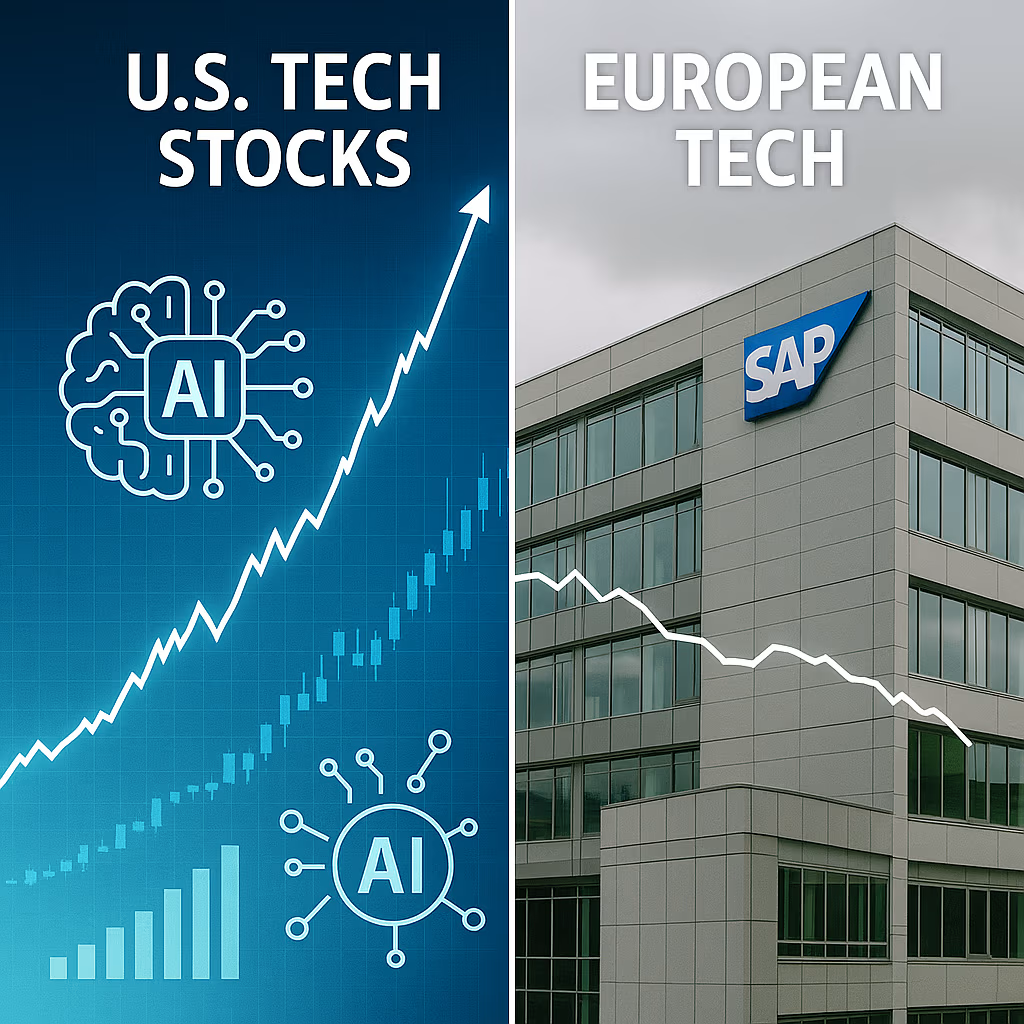Artificial Intelligence (AI) is transforming how we work, live, and interact. From personalized recommendations and autonomous vehicles to predictive healthcare and financial risk modeling, AI systems now influence real-world decisions at an unprecedented scale. But with such rapid advancement comes a critical question: Can we trust AI?
As AI becomes more integrated into business, government, and society, concerns about bias, privacy, safety, and transparency are gaining urgency. This has given rise to an essential domain: AI Governance—a framework of rules, policies, processes, and tools aimed at ensuring that AI systems are used ethically, responsibly, and legally.
At the heart of AI governance are trust tools—technological and organizational mechanisms that enable oversight, explainability, and compliance. Together, governance and trust tools are shaping the future of AI—not just as a powerful technology, but as a trustworthy partner in decision-making.
What Is AI Governance?
AI Governance refers to the systems, standards, and structures that guide how AI is designed, developed, deployed, and monitored. It’s about establishing responsibility, enforcing ethical guidelines, and managing risks throughout the AI lifecycle.
Key objectives of AI governance include:
- Ensuring transparency and explainability of AI decisions
- Preventing harmful bias or discrimination in algorithms
- Protecting data privacy and user consent
- Managing accountability for outcomes caused by automated systems
- Aligning AI development with organizational values, public interest, and legal compliance
AI governance is not just about policing technology—it’s about building trust, protecting human rights, and ensuring that AI aligns with long-term human and societal goals.
Why AI Governance Is Now a Global Priority
The need for AI governance is no longer theoretical. Governments, corporations, and civil society are seeing real-world consequences of poorly governed AI:
- A healthcare algorithm that prioritized white patients over others
- Facial recognition systems with racial and gender bias
- Social media algorithms that amplify misinformation
- AI hiring tools that discriminate based on age, gender, or ethnicity
In response, regulatory bodies are stepping in. The European Union’s AI Act is set to become the world’s first comprehensive AI regulation, classifying AI systems by risk level and establishing strict obligations for developers and users. In the U.S., the White House AI Bill of Rights outlines key principles for safe and effective AI use. Tech giants like Google, Microsoft, and IBM are also creating internal AI ethics boards and governance frameworks.
The message is clear: AI without oversight is no longer acceptable—and soon, it may not even be legal.
The Role of Trust Tools in AI Systems
To implement AI governance effectively, organizations need practical tools that make AI systems more understandable, auditable, and controllable. These are known as trust tools, and they operate at multiple levels:
1. Model Explainability Tools
Tools like LIME, SHAP, and Captum help interpret how machine learning models arrive at a specific prediction or classification. They make it easier for stakeholders to understand what features influenced the decision, making AI less of a “black box.”
Explainability is especially important in high-risk applications like healthcare, finance, and criminal justice—where the consequences of a wrong or biased decision can be life-altering.
2. Bias and Fairness Auditing Tools
Bias in AI can originate from skewed training data or flawed algorithmic design. Tools like IBM’s AI Fairness 360, Google’s What-If Tool, and Fairlearn allow developers to test AI systems for statistical bias across race, gender, age, and other demographics.
By surfacing potential disparities before deployment, these tools help organizations mitigate discrimination and meet ethical and legal standards.
3. Model and Data Governance Platforms
End-to-end platforms like Fiddler AI, Truera, and Arize AI provide model monitoring, performance tracking, version control, and audit logs. These tools support continuous oversight and documentation—key for regulated industries and responsible AI programs.
They also enable alerts for model drift (when performance declines over time) or compliance issues, ensuring AI systems remain trustworthy in real-world conditions.
4. Privacy-Preserving Tools
Protecting user data is a central concern in AI governance. Tools such as differential privacy, federated learning, and homomorphic encryption allow developers to build models without directly accessing or exposing sensitive data.
Apple, Google, and healthcare institutions are already applying these techniques to enhance privacy without sacrificing accuracy or innovation.
5. AI Ethics Frameworks and Checklists
Beyond technology, many organizations are implementing ethical AI checklists and scorecards. These frameworks help teams evaluate alignment with ethical principles during design and deployment, such as fairness, autonomy, sustainability, and accountability.
The Partnership on AI, IEEE, and World Economic Forum all offer guidelines that organizations can adapt to their needs.
Organizational Practices That Support AI Governance
Trust tools are powerful—but they must be integrated into culture and workflow to be effective. Leading organizations are adopting a range of practices to embed AI governance into their operations:
- Cross-functional AI ethics teams that include legal, tech, and social experts
- AI impact assessments conducted before deployment
- Governance policies that define accountability and escalation protocols
- Training and upskilling programs on responsible AI development
- External audits and certification for high-risk AI systems
In other words, AI governance is not just about tools—it’s about leadership, policy, and a deep commitment to doing AI right.
AI Governance in Practice: Industry Examples
- Microsoft’s Responsible AI Standard requires AI projects to include impact assessments and documentation at every stage of development.
- Google’s PAIR Initiative focuses on human-centered AI, developing tools for inclusive design and explainability.
- Salesforce’s Model Cards document the purpose, limitations, and performance of AI systems to promote transparency.
Startups and scale-ups are also embracing AI governance. Tools like Bonsai, Zest AI, and H2O.ai are integrating bias detection, explainability, and monitoring directly into their platforms.
This signals a growing recognition that trust is a competitive advantage in the AI economy.
Looking Ahead: A Future Built on Responsible AI
As artificial intelligence continues to advance, governance and trust tools will evolve alongside it. We can expect:
- Stronger regulations and certifications for high-risk AI applications
- Greater public demand for AI transparency and control
- Automated compliance systems integrated into AI pipelines
- Open-source trust frameworks shared across industries
- Human-AI collaboration standards that protect dignity and fairness
Ultimately, the future of AI depends on more than algorithms—it depends on the principles and systems we build around them.
By investing in AI governance and trust tools today, we’re not just avoiding risk. We’re laying the foundation for a future where AI is reliable, equitable, and worthy of public trust.





